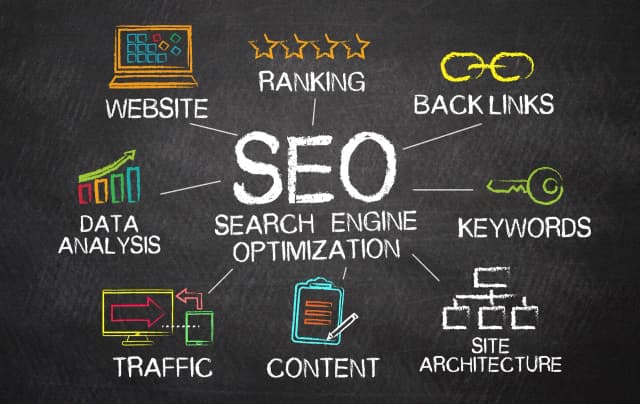In the fast-paced world of digital marketing, speed optimization is crucial for success. A slow website can lead to high bounce rates, decreased user satisfaction, and a negative impact on search engine rankings. In this post, we will examine effective strategies for optimizing the speed of your digital marketing campaigns, enhancing user experience, and driving conversions.
Why Speed Matters in Digital Marketing
Speed is a key element in digital marketing that impacts user engagement and conversion rates. Research shows that:
- 40% of users will abandon a website that takes more than 3 seconds to load.
- Every second of delay can result in a 7% reduction in conversions.
- Faster websites improve customer satisfaction and foster return visits.
1. Optimize Your Website for Speed
The foundation of speed optimization lies in having a well-structured and optimized website. Here are several techniques:
- Minimize HTTP Requests: Combine CSS files and scripts to reduce the number of requests made by the browser.
- Enable Compression: Use Gzip compression to reduce the size of your CSS, HTML, and JavaScript files.
- Implement Content Delivery Network (CDN): A CDN can distribute your content globally, ensuring faster load times for users regardless of their location.
2. Optimize Images and Media
Large media files can significantly slow down your website. Optimize images and other media files to improve speed:
- Image Compression: Use tools such as TinyPNG or ImageOptim to reduce image sizes without sacrificing quality.
- Use Next-Gen Formats: Consider using WebP images for better compression ratios.
- Lazy Loading: Implement lazy loading to only load images when they are in the user's viewport.
3. Streamline Your Content
Content bloat can also impede speed. Here’s how to streamline your content:
- Remove Unused Plugins: Deactivate and delete unnecessary plugins that can hinder performance.
- Limit Redirects: Too many redirects can slow down your site. Keep them to a minimum.
- Focus on Quality over Quantity: Publish high-quality, relevant content that resonates with your audience rather than excessive low-value content.
4. Monitor and Test Performance Regularly
Consistent monitoring of website performance metrics is essential for ongoing speed optimization. Use tools like Google PageSpeed Insights and GTmetrix to:
- Analyze loading times and performance scores.
- Identify areas for improvement and actionable recommendations.
- Implement changes and retest for results.
Conclusion
Optimizing speed in your digital marketing efforts is vital for enhancing user experience, improving search rankings, and increasing conversions. By optimizing your website, images, content, and regularly testing performance, you can ensure your digital marketing initiatives are efficient and effective. At Prebo Digital, we offer an array of services to help you not only speed up your website but also leverage digital marketing strategies to maximize your online potential. Contact us for expert guidance on achieving optimal speed in your digital marketing campaigns!















